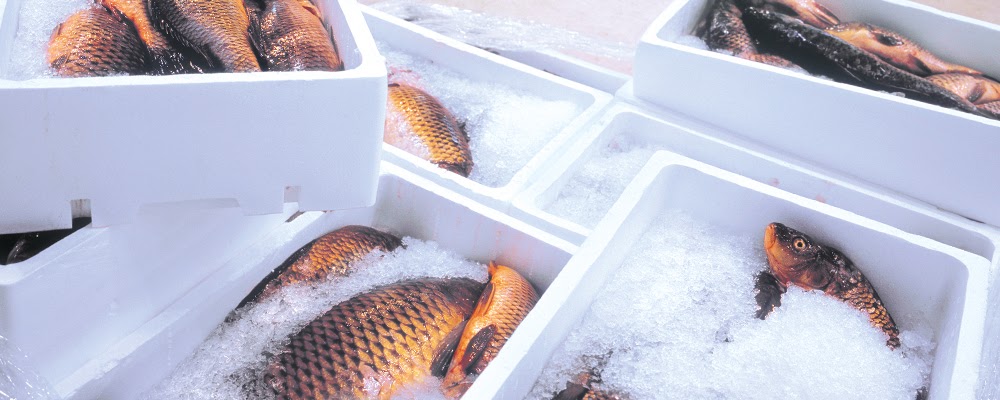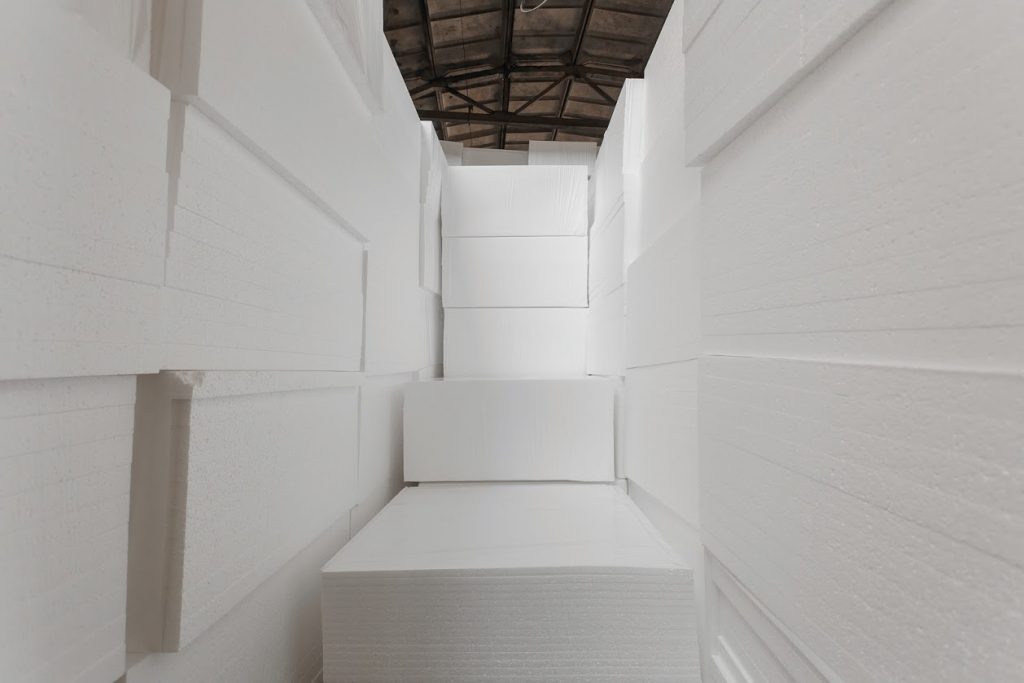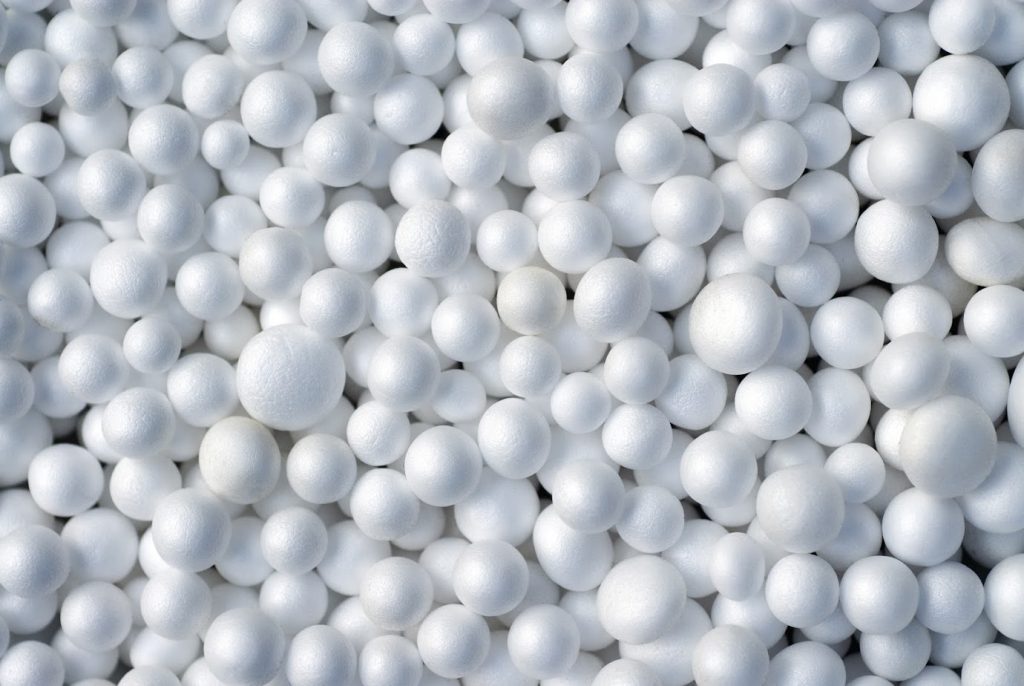Polystyrene Uses and Interesting Facts

Polystyrene is a synthetic resin used for a variety of products. It is gained from the polymerization of the chemical styrene. In practice, it is a stiff and clear plastic, or insulating and protecting foam, that can be used for almost anything – from landscaping to packaging, and can even be used for car and ship parts when mixed with other additives and plastics.
Polystyrene can also be made into polystyrene foam used for the packaging of consumer products, which is what most individuals are familiar with. It is also very popular in the construction and landscaping industries – used for insulation, construction material, decoration, or as a soil substitute for land filling. In total, polystyrene is a widely-used material that you likely encounter on a daily basis.
Expanded and Extruded Polystyrene
Expanded and extruded polystyrene, abbreviated as EPS and XPS, are the two primary forms of polystyrene foam. They have similar purposes, but XPS is more water-tight, so it is often used for thermal insulation and waterproofing.
Common Uses of Polystyrene

The uses of polystyrene are too many to list – it is cheap to produce, non-reactive, and applicable in almost any industry. Consequently, you will find safety packaging made out of it or expanded polystyrene foam used for insulation in buildings; even surfboards are made from it. Here are some of the more common uses of polystyrene in everyday life.
Landscaping
EPS is commonly used as a soil substitute for filling in geotechnical projects. It is lightweight and flexible, but has high compressive strength. This makes it easy to install, safe, and effective, so it is the material of choice for engineers and architects worldwide.
Insulation
When polystyrene is made in the form of foam, it can comprise more than 95% air, making it extremely lightweight, but still durable. In this form, it still retains its insulating properties and is water-resistant. It can also be made into slim polystyrene sheets. Because of this, polystyrene foam is used for insulation in buildings and roofs, refrigerators, and other storage appliances.
Housing and Packaging
Polystyrene is also used for packaging consumer products, in both its solid and foam form. Casings for DVDs, protective foam, trays, cartons, etc. are all commonly made from polystyrene. Most of your food is transported in EPS packaging, because of its insulating properties and low weight. It allows the food to stay fresh longer and protects it from bruises or scratches.
This is the most likely application of EPS that you encounter daily. The EPS boxes, chips, or beads are lightweight and protective, so they are the most common material used during storage and transport. Combined with its cost, insulating and water-resistant properties, EPS is the ideal protection for consumer products.
Lightweight Concrete
Concrete is often mixed with expanded polystyrene to reduce weight and increase the thermal rating. This is a common cost-reducing measure used by modern builders. In addition, it significantly improves the acoustic properties of the concrete, making it ideally suited for theatres and music halls.
Geofoam
Geofoam is a common EPS product used in construction. It is lightweight, yet has high compressive strength, which is why architects and engineers use it as a filling or soil substitute. While it commonly sees use as a foundation for buildings or other construction projects, its natural insulating properties make it good for building insulation, too.
Interesting Facts about Polystyrene

Polystyrene has been in use for so long and is such a common material that you could easily think that it is the most uninteresting subject of all. However, if you dig deep, you will find that this multi-purpose substance can be quite an interesting topic, outside of its application in everyday life.
Styrene is Found in Nature
Polystyrene is synthesized from the chemical styrene. Styrene is a naturally occurring substance, which can be found in many foods, like strawberries, coffee, peanuts, cinnamon, and beef. It can also be found in coal tar.
It is Very Resource Efficient
When used for production, polystyrene can contain up to 95% air. This makes it both extremely lightweight and resources efficient. It is hard to come up with a material that has more practical applications, but is less of a drain on resources.
Polystyrene is Recyclable
It may be surprising, but unlike many plastics and similar chemicals, polystyrene is recyclable. Expanded polystyrene especially so. It is not unlikely that your picture frames or plastic benches are made from recycled polystyrene.
It is Eco-Friendly
When it is manufactured the right way, EPS consumes little energy and causes no waste. In addition, EPS thermal insulation significantly reduces the energy needed for heating and cooling buildings, which in turn reduces the emission of polluting gasses into the atmosphere.
Polystyrene Use Has No Limits
We have covered only the basic applications of polystyrene. The way polystyrene is used in different industries only depends on the needs of the users. It is such a versatile material that it has become a fact of life.
